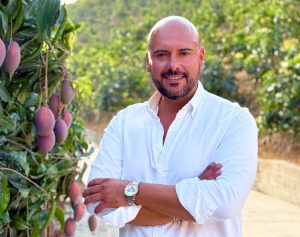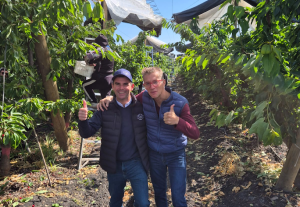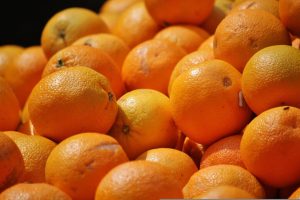Despite the generally positive outlook expected for the national subtropical campaign, the sector remains aware of existing threats. “The great challenge is water scarcity, exacerbated by climate change,” says José María López, the new president of the Spanish Association of Tropicals (AET). Added to this are international competition, with fruit entering from third countries at lower costs; rising expenses and labor, which is increasingly difficult to sustain; phytosanitary problems, such as Phytophthora in avocados; and the need for generational renewal and price stability so that young people see a future in farming. “We are calling for urgent solutions in water infrastructure, support for research and measures that allow us to remain competitive and guarantee the future of subtropicals in Spain.”
From companies such as Alcoaxarquía Global, president José Antonio Alconchel notes that labor availability is further strained by “the high cost of housing in Málaga,” a major barrier to attracting workers from other regions and therefore to future production growth in the Axarquía. This problem, combined with water scarcity, has led more companies to opt for a strategy of relocation and expansion into other regions such as Valencia and Morocco. “We need coordinated action between the private sector and public administrations to secure the future of subtropical production in the region.”
RELATED NEWS: “Tropical fruits are booming in Spain”
In the international context, uncertainty and tension generated by Trump’s tariff swings (such as the 50% duty on Brazilian mango or the back-and-forth tariffs on Mexican avocados) remain on the horizon, keeping producers and import/export operators on alert. Closer to home, Morocco’s production will be reduced by 30% due to the summer heatwave, and in the Middle East, Israel remains an “active competitor” despite the war context. Industry sources report it will export around 120,000 tons and that the conflict “has not significantly affected export flows.”
Forecasts 2025/26
The 2024/25 campaign has been a “small relief” for the sector. José María López explains that production has partially recovered and prices have remained at acceptable levels. However, in Málaga the situation remains “very complicated. Rainfall has not been sufficient and we continue to suffer from severe water scarcity. This year’s recovery is more due to farmers’ efforts and good farm management. That is why we continue to demand water infrastructure, greater efficiency in water use and medium- and long-term planning to secure the future.”
Looking ahead to 2025/26, preliminary estimates place the avocado campaign at 85–90,000 t. “After years of severe drought, we see a campaign that could be somewhat more stable, always with the uncertainty of water as a key factor.”
Mango, meanwhile, is in full harvest, with national production around 30,000–35,000 t. From Reyes Gutiérrez, this campaign is described as “historic.”
For cherimoya, estimates point to 45,000 t. “It is the subtropical that maintains the greatest stability and resilience, ensuring its presence in the markets and providing relief to the Costa Tropical.”




















